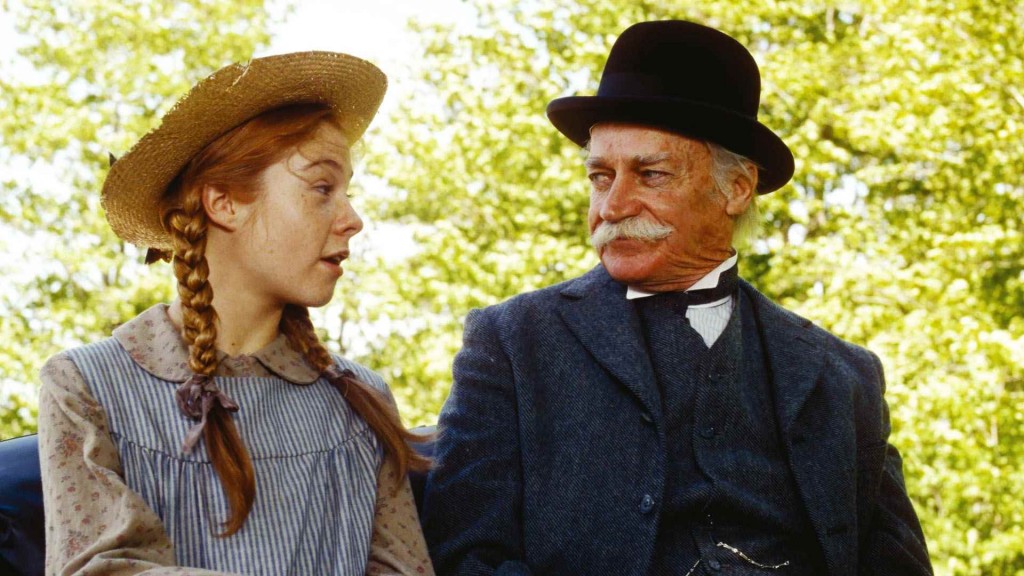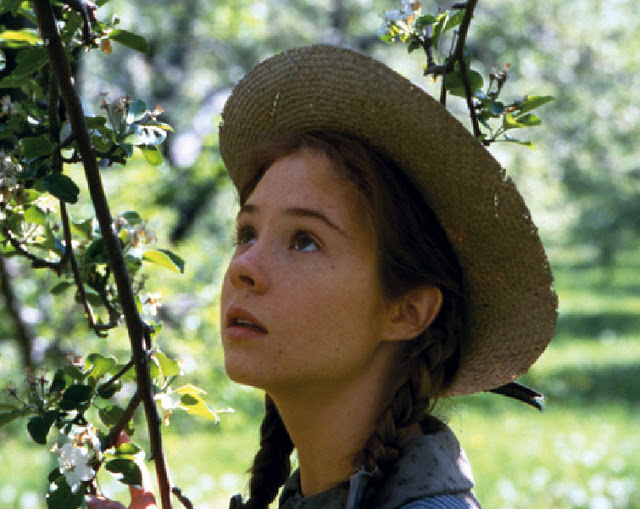Written by Ren Jender as part of our theme week on Children’s Television.
When I was a kid, in the 1970s, children’s television was…strange. As more than one person has pointed out many programs from that period–with their talking golden flutes, soft-rock singers who are part insect, part human and a bizarre underworld in a magician’s hat–seem to owe more to late 60s psychedelia than any common guidelines–besides the obvious ones that prohibit sex, swearing and gore. As critic Pauline Kael pointed out in a review of Chitty Chitty Bang Bang, a lot of films that are meant “for children” (including some Disney films) have scenes in them that leave their intended audience profoundly upset, like the death of Bambi’s mother or Dumbo’s mother (hmmm, another mother) chained and imprisoned. Kael recommended a list of films made for adults that were also appropriate for children because all too often films “for children” are the repository for acting that’s too awkward, plots that are too recycled, and scripts that are too terrible to pass muster with an adult audience.
What makes good television programming “for children” is similarly elusive. No demographic is unanimous in its tastes, but children differ from one another more than other groups: what fascinates a 4-year-old can bore an 11-year-old and vice versa. Add to this problem that most critics and programming creators are not children themselves, and we can see why most children’s programming is so terrible: because it, even more than other types of art, is based on, to quote Jane Wagner, “a collective hunch.” Still, like a Supreme Court justice famously said about pornography, most of us, even those of us who don’t have children, can recognize excellent children’s programming when we see it, like the 80s made-for-television Anne of Green Gables, based on the book by Lucy Maud Montgomery.
The title character (played to perfection by Megan Follows) is a girl (12 years old at the beginning) who is at turns dreamy, dramatic, exploited (as an orphan at the turn of the 20th century, her role in the households that “take her in” is often to care for many other younger children) and impetuous. She recites from books of poetry to get away from the drudgery of her everyday life and speaks to her own reflection in window panes to allay her loneliness. Although she encounters cruelty (as many other girl protagonists in literature, films and TV set in that era do, especially those who are orphans), her love of literature and her imagination have given her a combination of hopefulness and resilience not often seen in other girl characters.
The place where she finds what would now be called a “forever family” is an unlikely one–a small town on Prince Edward Island, Avonlea, in the title home of Marilla (Colleen Dewhurst) and Matthew (Richard Farnsworth) an unmarried brother-sister pair who are closer to the age of grandparents than most foster or adoptive parents would be. Originally they had requested from the orphanage a 13-year-old boy to help out on their farm, and when they see the orphanage has sent them a girl, plan to send her back. But loquacious Anne first charms Matthew, then stern Marilla (who is also reluctant to send Anne to another large family which seems intent on working her to death), so Anne stays for “a trial” that soon ends. She becomes a permanent member of the family.

Dewhurst and Farnsworth were award-winning stage and movie stars in the latter part of their careers, but they don’t have the vanity in their parts that more contemporary stars would: their worn tan faces, with prominent cheekbones, make them look like the older, hard-working (though prosperous) denizens of a farmhouse that these characters are. And because they, along with Follows, are so skilled, they bring a resonance to their scenes, especially those where they show their love for Anne. Farnsworth is especially endearing in a scene at the general store when he postpones buying a party dress for Anne (an item which, as a bachelor farmer, he’s never bought before) by asking for twenty pounds of sugar. Anne never takes their name (her own last name is “Shirley”) and calls them by their first names, never “Mom and Dad” or even “Aunt and Uncle” but the three are very much a loving, if non-traditional family. When the pair see Anne off to a larger town so she can continue her education, Matthew tells Marilla how lucky they were that the orphanage sent them her instead of a boy, Marilla answers, “It wasn’t luck. It was providence. He knew we needed her.”
Although the book was first published in 1908, very close to the time it portrays the TV movie (which has the look of a theatrical release, full of beautiful Prince Edward Island vistas) doesn’t have the sexism that can mar the literature of the past. Everyone (even the town gossip) takes Anne’s education (and the accolades she wins for her studies) seriously, though, in keeping with the period, Diana (Schuyler Grant) Anne’s “bosom friend” who accurately predicts when they first meet, “we’re going to get along really well”, is not allowed to continue school past a sophomore high school level and is instead expected to learn how to keep house.

The other characters are very much of their time too, in their dress, their speech (Marilla, when Anne tells her she doesn’t know how to pray, later tells Matthew she’s a “heathen”) their wall-papered, quilted and curtained houses and unsullied landscapes. Green Gables never has the kind of careless anachronism that even programs that pride themselves on their period accuracy, like Mad Men, do.
Gilbert (Jonathan Crombie) the boy who will become Anne’s love interest (though not until the very end, and with no kissing, so children who hate love scenes are safe) teases her when they first meet, at the town’s one-room schoolhouse, calling her “Carrot” because of her red hair. But instead of giggling, pouting or crying (the go-to reactions for girls in literature, TV and movies) she breaks a slate (which the children write on instead of paper) over his head.

Both Anne and Diana are drawn to Gilbert, but they don’t compete for his attention, realizing their friendship is far too central to their lives to ruin for a boy, even in their small town where the selection of potential “beaus” is limited. Green Gables is full of observations about living in a small community (which can also apply to living in the super-small communities of family–or a relationship): often showing Anne finding affinities and support from characters (many of them women) who seem unlikely allies at first.

Gilbert, although he is often Anne’s main rival for prizes and scholarships at school still respects her intelligence: early in their acquaintance he is rumored to tell a friend, “smart is better than pretty.” But Anne, though she begins Green Gables in pigtails, a smock and a tattered straw hat becomes a poised Gibson girl and a teacher by the end, with a cameo at her neck and gloves on her hands, her hair worn “up”–both beautiful and smart.
(All stills accompanying this review are © Sullivan Entertainment)
[youtube_sc url=”http://www.youtube.com/watch?v=czJi_FpLBYY&feature=kp”]
___________________________________________________
Ren Jender is a queer writer-performer/producer putting a film together. Her writing besides appearing every week on Bitch Flicks has appeared in The Toast, xoJane and the Feminist Wire. You can follow her on Twitter @renjender.







